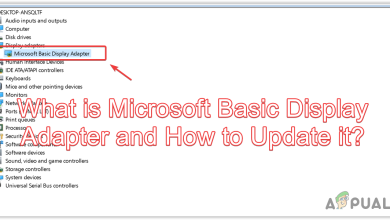How to Enable or Disable Compact View in File Explorer on Windows 11
A lot of people feel like the new File Explorer aesthetic on WIndows 11 has way too much space between items. If you’re one of them, you’ll be happy to know you can easily turn on Compact View inside File Explorer.
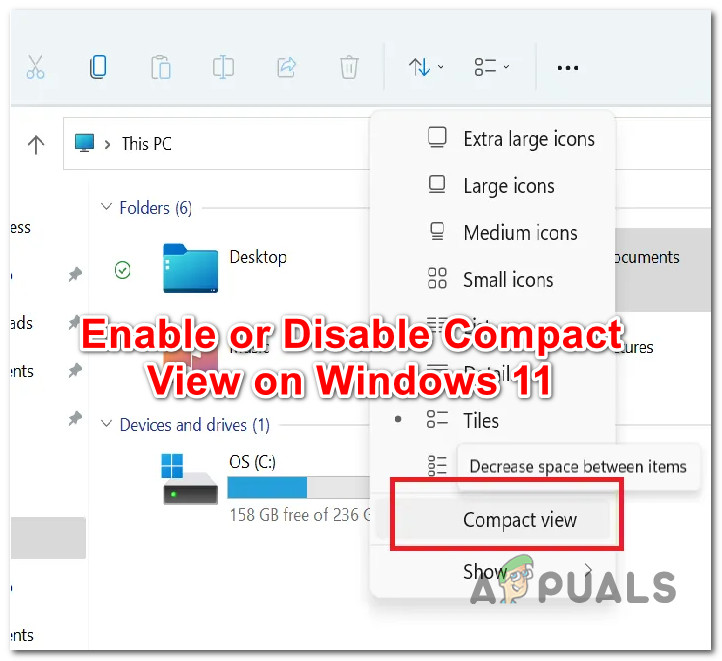
If you’re working with a small screen, it makes a lot of sense to enable Compact View inside the File Explorer menu of Windows 11 since it will allow you to view more information without the need to scroll down.
Note: Compact view will decrease the space in between items in File Explorer in both the right and left pane.
Whether you want to enable Compact View on your Windows 11 computer or it’s already enabled and you want to disable it in order to enjoy the new aesthetic of Windows 11, there are actually 3 ways to do it:
- Enable or Disable Compact View via the Command Bar in File Explorer
- Enable or Disable Compact View via the Folder Options menu
- Enable or Disable Compact View via Registry Editor
We’ve covered every potential approach, so feel free to follow the method with which you feel most comfortable.
Turn Compact View ON or OFF from the Command Bar of File Explorer
This is arguably the easiest method out of the bunch. You won’t be required to use the terminal or do any complicated registry tweaks. Conveniently, Microsoft has included a Compact View option inside the View folder of File Explorer.
Follow the instructions below to access the View options cluster inside the Command Bar of File Explorer and disable or enable Compact view on Windows 11:
- Press Windows key + E to open up File Explorer. Additionally, you can simply click on the File Explorer icon from the taskbar menu.
- Inside the main File Explorer windows, click on the View icon from the ribbon menu at the top.
- From the context menu that just appeared, click on Compact View from the list of available options.

Enabling Compact View Note: If Compact View is already enabled, it will have a checkbox in front of it. If you want it disabled, simply click on the entry once again and you’ll notice how the aesthetic of File Explorer changes.
Turn Compact View ON or OFF from the Folder Options screen
If you like tweaking your Windows OS from the legacy menu, you can also disable or enable Compact View from the Folder Options menu. Although this menu is tucked away inside the classic Control Panel interface, you can still access it from a Run dialog box.
Here’s what you need to do:
- Press Windows key + R to open up a Run dialog box. Next, type ‘control folders’ inside the text box and press Enter to open up the Folder Options screen.
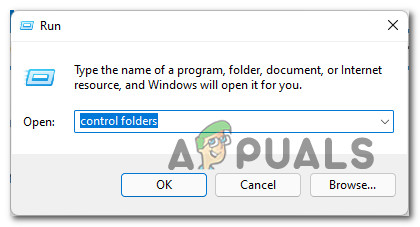
Open up the Control Folders screen - Once you’re inside the Folder Options window, click on the View tab from the ribbon menu at the top.
- Once you’re inside the View tab of Folder Options, go under Advanced Settings and check the box associated with Decrease space between items (compact view) under Files and Folders if you want to enable the compact view.
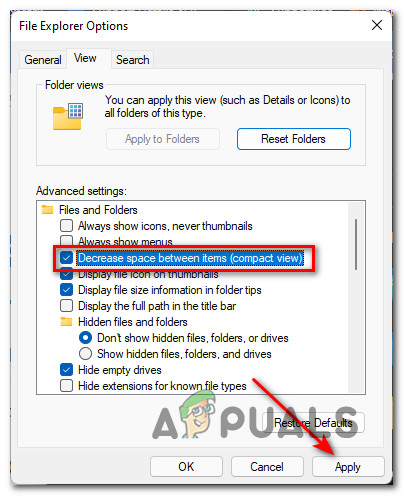
Disable or Enable Compact View from Folder Options Note: If you want to disable Compact View, simply uncheck this box.
- Finally, enforce the changes by clicking on Apply and you should already notice the File Explorer aesthetic changing.
Turn Compact View ON or OFF using Registry Editor
If you’re a Windows techy, you’ll probably look for a way to control the behavior of Compact View from the Registry. In the case, you’ll be pleased to know there is a way to do it by modifying the value of the UseCompactMode DWORD from HKEY_CURRENT_USER\Software\Microsoft\Windows\CurrentVersion\Explorer\Advanced.
Here’s what you need to do:
Important: As always before doing a registry tweak, we recommend taking the time to backup your entire Windows 11 Registry cluster. In case something goes wrong, you have the option to restore it back to the previous state.
- Press Windows key + R to open up a Run dialog box. Next, type ‘regedit’ inside the text box and press Ctrl + Shift + Enter to open up the Registry Editor with administrative access.
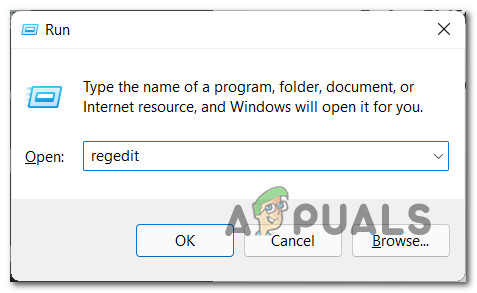
Open up the Regedit utility Note: If you are prompted by the User Account Control window, click Yes to grant admin access.
- Once you’re inside the Registry Editor, use the left-hand pane to navigate to the following location:
HKEY_CURRENT_USER\Software\Microsoft\Windows\CurrentVersion\Explorer\Advanced
Note: You can either navigate there manually by clicking on every Registry key or you can paste the full registry path inside the navigation bar at the top of the window and press Enter to get there instantly.
- Once you arrive in the correct location, move over to the right-hand side menu of the screen and double-click on the UseCompactMode DWORD value.
- Next, set the Base of UseCompactMode to Hexadecimal, then change the Value data to one of the following depending if you want to disable or enable Compact Mode:
1 - Set this value if you want to Enable Compact View in File Explorer 2 - Set this value if you want to Disable Compact View in File Explorer
- Click Ok, then close the elevated Registry editor and restart your PC in order to enforce the changes.

Enabling or Disabling Compact view in File Explorer




